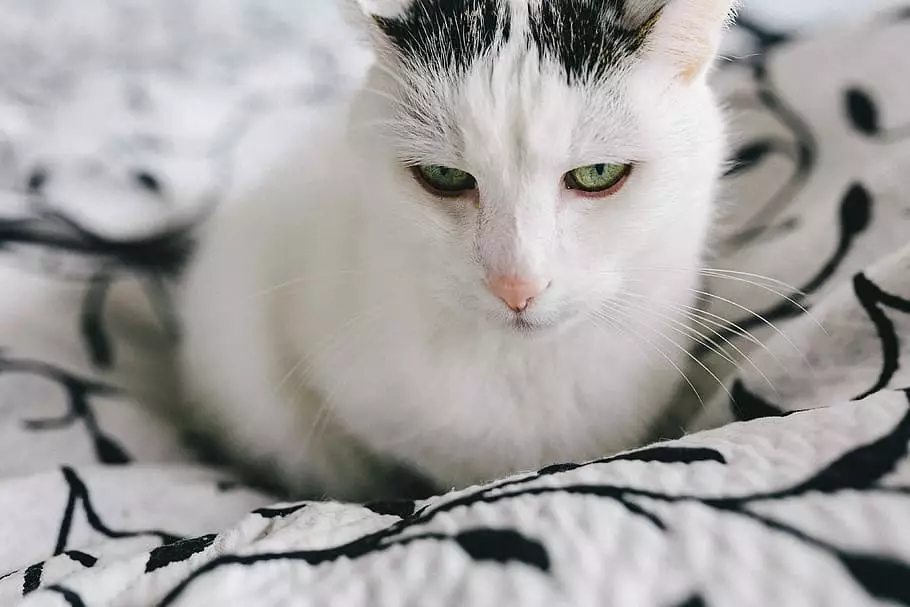Pets bring joy, companionship, and a special kind of love into our homes. They fill our lives with laughter and comfort but may also be vulnerable to dangers that lurk unnoticed within our living spaces. One of these dangers is mould, a common yet often underestimated threat that poses significant health risks not just for humans, but particularly for our furry friends. It’s essential for pet owners to understand how to identify mould in their homes, recognize the symptoms of mould exposure in pets, and take proactive measures to ensure their well-being.
Mould can be deceptive, often hiding in dark, damp corners, making it challenging to pinpoint its presence. There are, however, clear indicators that can help homeowners detect mould early on.
**Visual Signs of Mould**
One of the primary ways to recognize mould is through visible growth. This can take shape as fuzzy patches on various surfaces, including walls, ceilings, floors, or even your pet’s items. The colours can vary significantly, typically showing up as black, green, brown, or white spots. If you notice any uneven or fuzzy textures, those can be telltale signs that mould is establishing itself in your home.
**Odorous Clues**
Another significant clue to mould presence is odour. If an earthy, musty smell permeates your living space—especially in poorly ventilated areas—it may be a direct sign of mould growth. Mould releases volatile organic compounds (VOCs), which contribute to this unpleasant smell. While the scent itself might not trigger immediate health concerns, it should certainly raise alarm bells regarding the potential for mould exposure in your home.
**Signs of Water Damage**
Mould thrives in wet environments and thus, any evidence of water damage warrants serious attention. Watch for leaks, condensation, and signs of moisture accumulation in areas like kitchens and bathrooms. Be alert to warped or discoloured walls, peeling paint, or water stains, as these conditions promote mould growth and can pose health risks to both pets and humans.
Though some moulds may not significantly affect humans, pets can be far more sensitive to mould exposure. One particularly hazardous type of mould is black mould, which can lead to serious health complications. Understanding the symptoms that may indicate your pet is suffering from mould exposure is vital for their safety.
**Respiratory Problems**
Some of the most alarming signs of mould exposure are respiratory issues. Symptoms like persistent coughing, wheezing, or laboured breathing indicate that your pet may be struggling. If you notice your furry friend struggling to breathe or having frequent sneezing fits, it’s essential to consult a veterinarian immediately.
**Skin Issues**
Another significant symptom to look out for is skin irritation. If your pet is excessively scratching, licking, or biting itself, it could indicate exposure to harmful mould spores. Common areas that may show irritation include the face, belly, and paws. This behavior can lead to redness, inflammation, or even hair loss in affected areas.
**Neurological and Gastrointestinal Symptoms**
Mould toxins can also result in severe gastrointestinal issues, such as vomiting and diarrhoea, as well as lethargy in pets. In extreme cases, prolonged exposure can lead to neurological problems like seizures or difficulties with mobility. If you notice any of these serious symptoms, time is of the essence; prompt veterinary intervention is crucial.
If you suspect mould may be present in your home, taking immediate action can prevent more severe health issues for your pets.
**Containment**
To effectively manage mould, it’s wise to isolate contaminated areas in your home. If you confirm mould growth, you may need to temporarily relocate your pet to a safe, mould-free environment while remediation occurs. This step ensures that they remain safe while you address the issue.
**Regular Cleaning and Maintenance**
Maintaining a clean environment is essential to preventing mould growth. Regularly clean your pet’s toys, bedding, and feeding bowls to minimize mould exposure. Additionally, consider using airtight containers for pet food to keep moisture at bay. Controlling humidity levels and ensuring proper ventilation in damp areas will further reduce the chance of mould forming in your home.
**Consulting Experts**
If mould issues persist or worsen, enlisting the help of professionals who specialize in mould detection and remediation may be the best course of action. Their expertise can provide thorough insights and solutions that protect both your pets and your living environment from mould-related hazards.
While our pets enrich our lives in countless ways, their safety is ultimately our responsibility. Understanding mould, recognizing its signs, observing symptoms in our pets, and taking preventative measures are crucial steps to ensuring a safe home environment. Protecting our furry friends from unseen dangers is essential for their health and happiness, enabling them to continue bringing joy into our lives.
